Along with two other carved stones (probably not Roman), it sits on the inside window-ledge of the window at the west end of the north aisle, inside the little meetings room divided by glass panels from the bulk of the church.
It appears not to have an inscription but its size and moulding bears much resemblance to other stones found along Hadrian's Wall which record the particular centurial unit involved with building or maintaining a specific length of the Wall's fabric.
Dr. Lingard, in 1807, noticed two inscribed stones at Heddon, showing that parts of the Wall here were built by the Fourth Cohort of the Twentieth Legion, Valeria Victrix, [4] and the Century of Julius Rufus [5]. Both have disappeared. My attention has recently been called by the Rev. C. Bowlker to a stone in the byre of the vicarage, about 15 inches long and 9 inches high. This is evidently a centurial stone. The inscription is gone.
4 Lapidarium Septentrionale, p. 35, No. 40.
5 Lap. Sept., p. 39, No. 54.
A model of the stone surface was created from just three closeup digital photographs of the front face using the program, Agisoft Photoscan. The model was uploaded to an account on the website, Sketchfab, which allows it to be rotated, obliquely lit and viewed as texture or as a solid model. The model can be viewed here: Roman Centurial Stone.
Two captures of the model are shown below.
The inscription can be clearly seen and avoiding the distraction of surface scratches is readable on the surface underside.
Roman Inscriptions of Britain: RIB 1846
NZ 134 669.
Two inscribed Roman building stones, each about a foot square, were seen in 1807 by the Rev. J. Lingard (1a), built into the coach-house, and also above the stable door, of the vicarage at Heddon-on-the Wall. They were removed in 1823 by Sir Cuthbert Sharp and are now lost.
The inscriptions, traced from the Lingard MS read:-
Leg XX ) `From the 20th Legion
V V ) Valeria Victrix the fourth
Coh IV ) Cohort (built this)'.
> IV L ) "The century of Julius Rufus
R V F ) (built this)". (1-1c)
The stones were reported donated to the Society of Antiquaries of Newcastle in 1823. (2)
Not seen in the collection of Roman antiquities in the Black Gate Museum. (3)
A further centurial stone found sometime before 1956, presumably at Heddon, is now on the sill of a window in the south aisle of Heddon Church. (4)
( 1) by the late R G Collingwood and R P Wright 1965 The Roman inscriptions of Britain, 1. Inscriptions on stone Page(s)452-3
( 1a) Externally held archive reference
MS (Rev Dr John Lingard - 1807: Soc Antiqs Newcastle)
( 1b) General reference
Corpus Inscriptionum Latinarum Vol 7 1863 (A Huebner) Page(s)523, 530
( 1c) Archaeologia Aeliana : or miscellaneous tracts relating to antiquity
(Stevens) 26, 1948 Page(s)29, 39, 62
( 2) Archaeologia Aeliana : or miscellaneous tracts relating to antiquity
2, 1832 Page(s)3
( 3) Field Investigators Comments
F1 JHO 22-NOV-51
( 4) Society for Promotion of Roman Studies The journal of Roman studies
47, 1957 Page(s)229
Although not discussed in the article, three Heddon stones are shown in plate VI (facing page 362) which is taken from a page in John Bell's notebook and states "The above were copied from the stones at Heddon on the Wall". The notebook page is signed and dated 17th April 1817.
John Bell notes the find location of the third stone, "built into wall of the stone stairs at the west end of vicarage at Heddon on the Wall".
He also shows an inscription on the stone.
Dimensions: W 0.305 × H 0.178 m.
Find date: Before 1817.
Find context: Built into the stone stairs at the west end of Heddon-on-the-Wall Vicarage.
Other events: Later presented to the Society of Antiquaries of Newcastle.
Modern location: In 1925 not recognizable in their collection.
The inscription has been translated as:
From the tenth cohort the century of Sempronius … (built this).
It is that recorded in Romans in Britain: RIB 1387 as Centurial stone of Flavius As[….
Find Date: unknown.
Find context: Presumably at Heddon-on-the-Wall.
Modern location: Now on a window-ledge in the south aisle of Heddon-on-the-Wall Church.
The dimensions of the stone are given as W 0.381 × H 0.229 m which equates to 15 x 9 ".
Dr Wright was clearly good at reading inscriptions. Rubbings were often taken. It may be that the third stone recorded by John Bell, that from the vicarage stairs, went missing with the other two after going to the Society of Antiquaries in Newcastle. Perhaps its fate was the same as that recorded for the two square stones which subsequently went missing, possibly as described in the 1951 article.
The stone remaining in the church would then be a stone found later, in the byre of the vicarage rather than built into the (old) vicarage itself.
Perhaps an inscription on our stone could be revealed with rubbing, a more detailed laser scan or other method. Otherwise the confusion remains. I'm glad my reading of the inscription cleared that up!

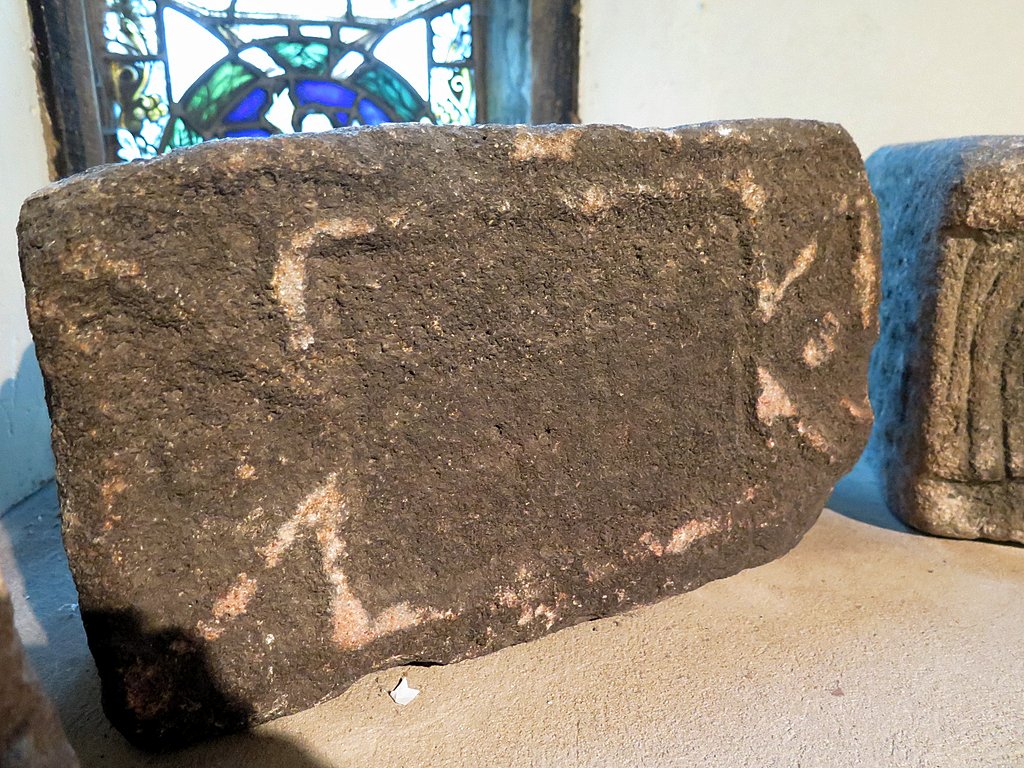
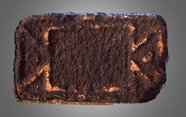
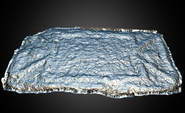
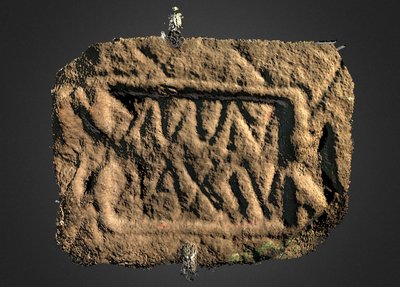
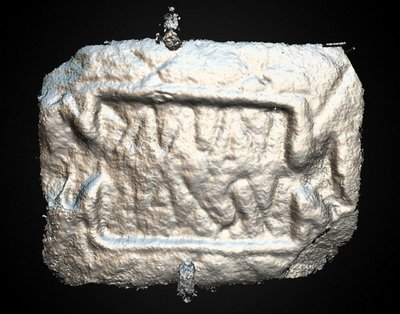
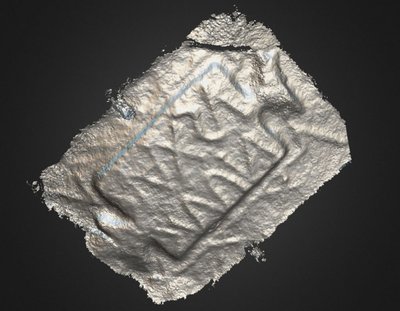
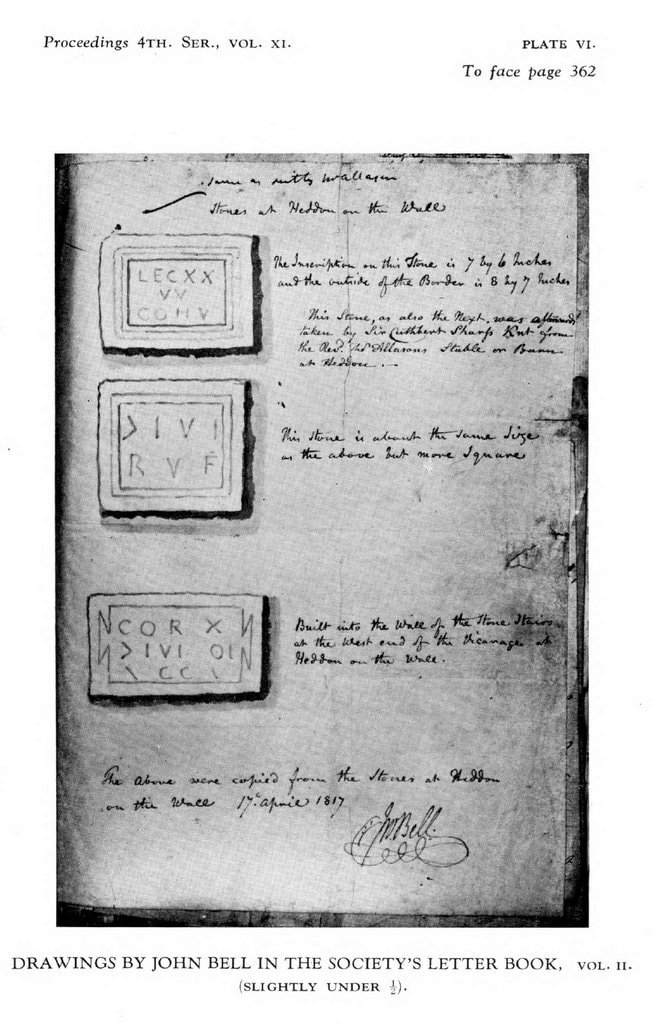
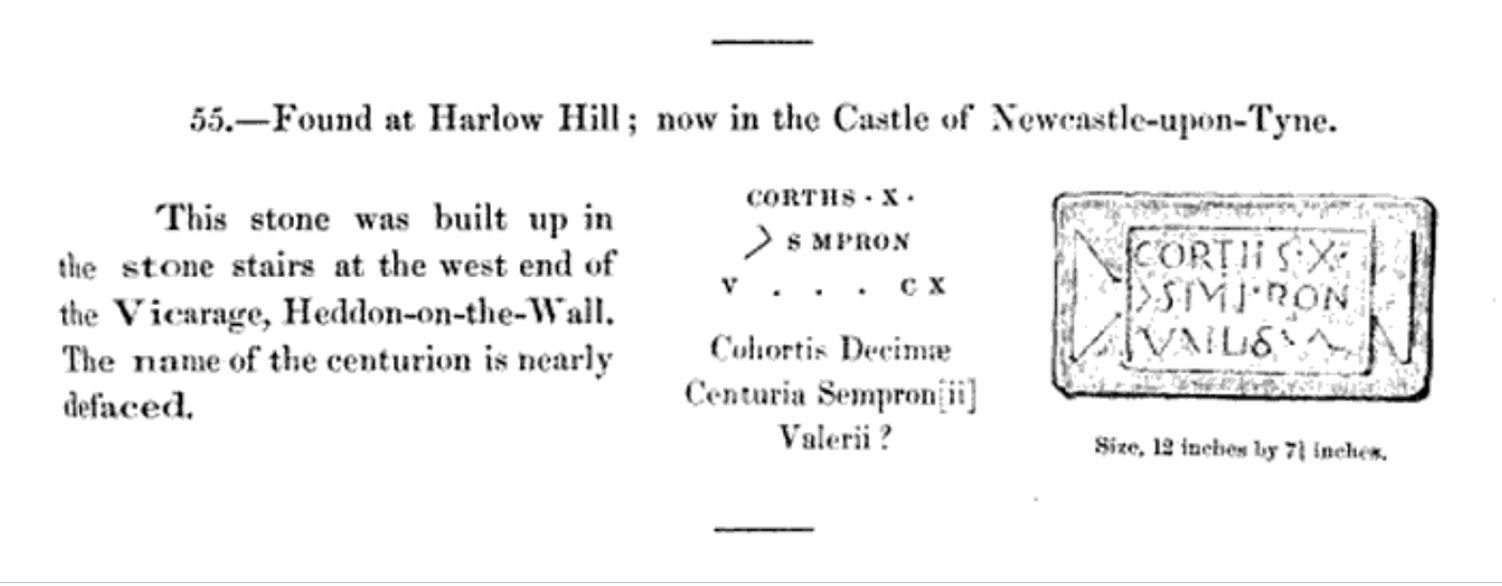

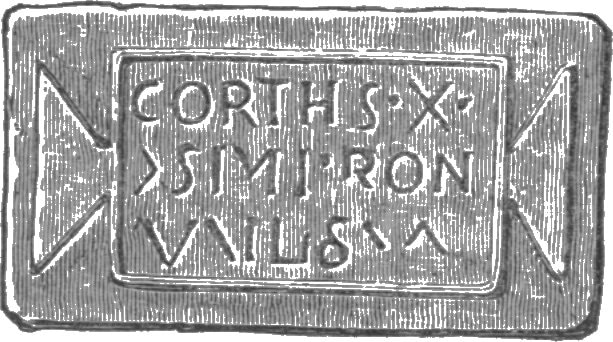
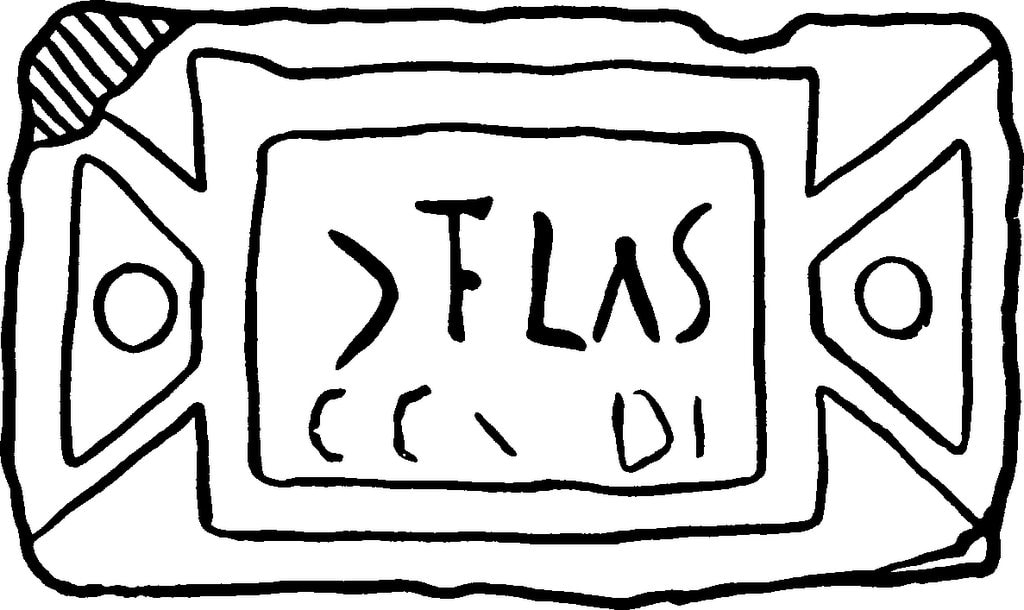
 RSS Feed
RSS Feed
